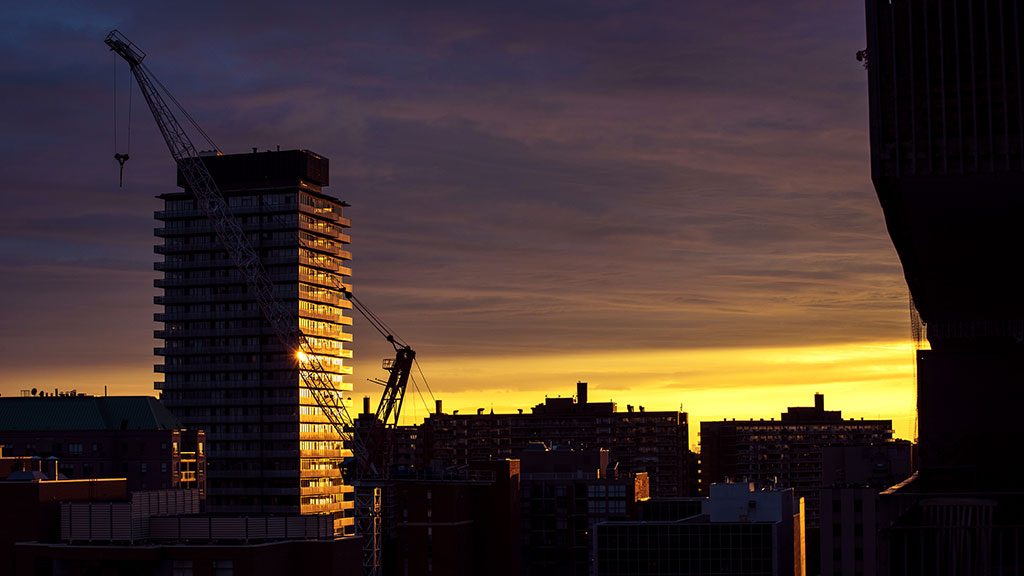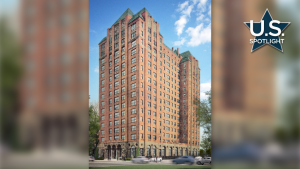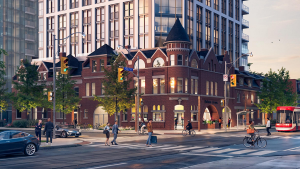SUNNY ISLES BEACH, FLA. — Almost three dozen highrise condos and luxury hotels along the beach in South Florida are sinking or settling in unexpected ways, in some cases because of nearby construction, according to a new study.
The 35 buildings surveyed along an almost 12-mile stretch from Miami Beach to Sunny Isles Beach have sunk or settled by 0.8 to 3.1 inches. About half of the buildings are less than a decade old, according to scientists at the University of Miami Rosenstiel School of Marine, Atmospheric, and Earth Science.
“The discovery of the extent of subsidence hotspots along the South Florida coastline was unexpected,” Farzaneh Aziz Zanjani, the lead author, said in a statement. “The study underscores the need for ongoing monitoring and a deeper understanding of the long-term implications for these structures.”
It’s not uncommon for buildings to sink a little during and soon after construction, but the scientists called their discovery surprising because some of the changes took place several years later.
Limestone under the South Florida beach is interspersed with layers of sand, which can shift under the weight of highrises and as a result of vibrations from foundation construction. Tidal flows also play a role. The study used satellite images to capture the changes, with settling most noticeable in buildings in Sunny Isles Beach. The scientists said preliminary data also suggests sinking or settling further north, along the beaches of Broward and Palm Beach counties.
The stretch of South Florida communities surveyed included Surfside, where the Champlain Towers South building collapsed in June 2021, killing 98 people. However, that collapse is thought to have been caused by reinforced concrete that deteriorated due to poor maintenance and flawed design.
Still, the Surfside catastrophe highlighted the need to monitor building stability “especially in coastal areas with corrosive environmental conditions,” the scientists said.











Recent Comments